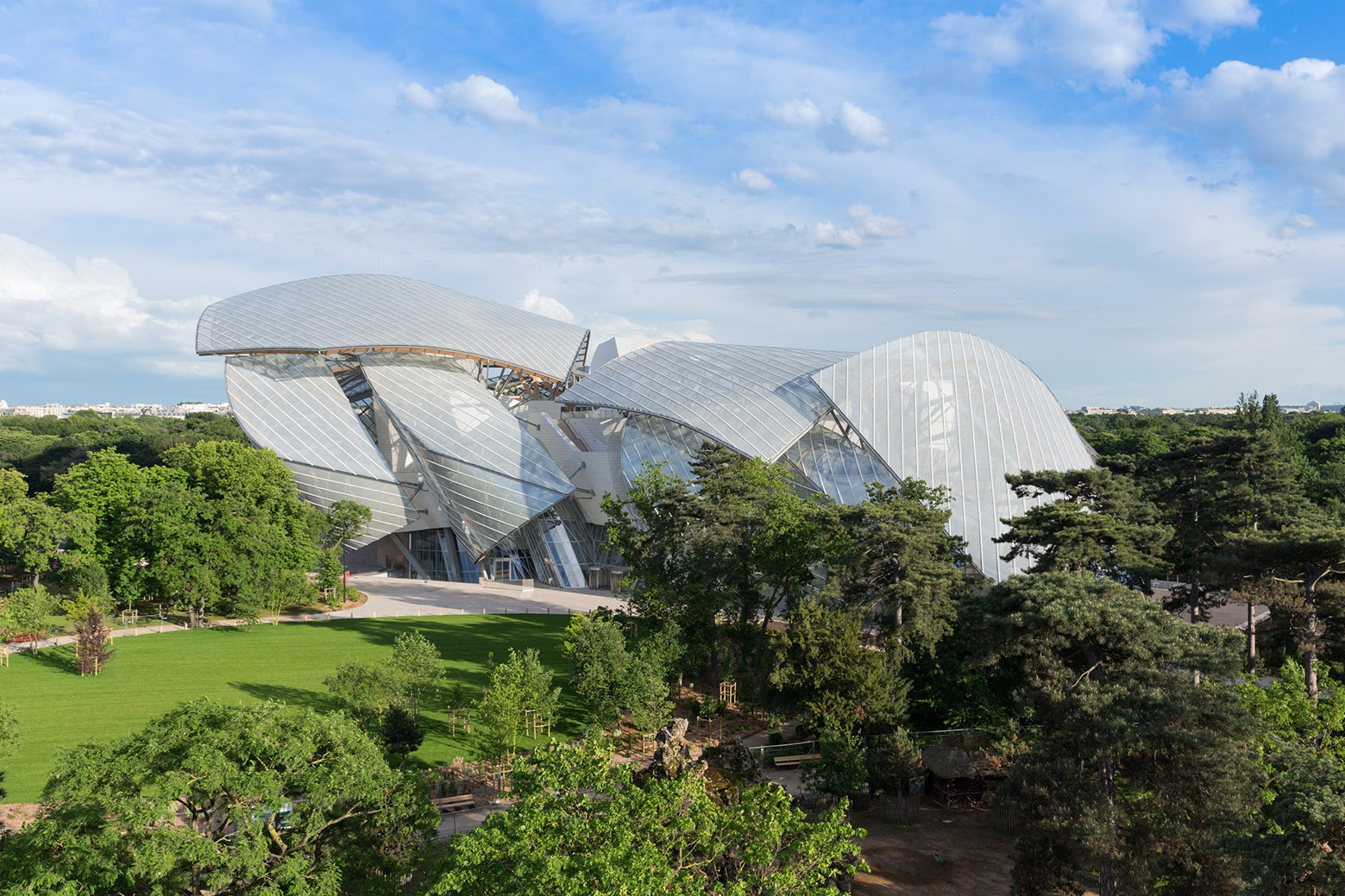
If Lord Foster—perhaps one of the greatest architects of our time—feels as though he has "no power as an architect, none whatsoever," people tend to take notice. His support, thoughts and opinions, he tells The Observer's Rowan Moore, are his most influential tools: "advocacy, he says, is the only power an architect ever has." Their conversation, held ahead of the Urban Age Global Debates which are currently taking place in London, also touches upon the importance of infrastructure, the social role of the architect, and the growing—if not undervalued—urgency to readdress sustainability within the profession.


_Nick_Kane_6.jpg?1439884712&format=webp&width=640&height=580)















